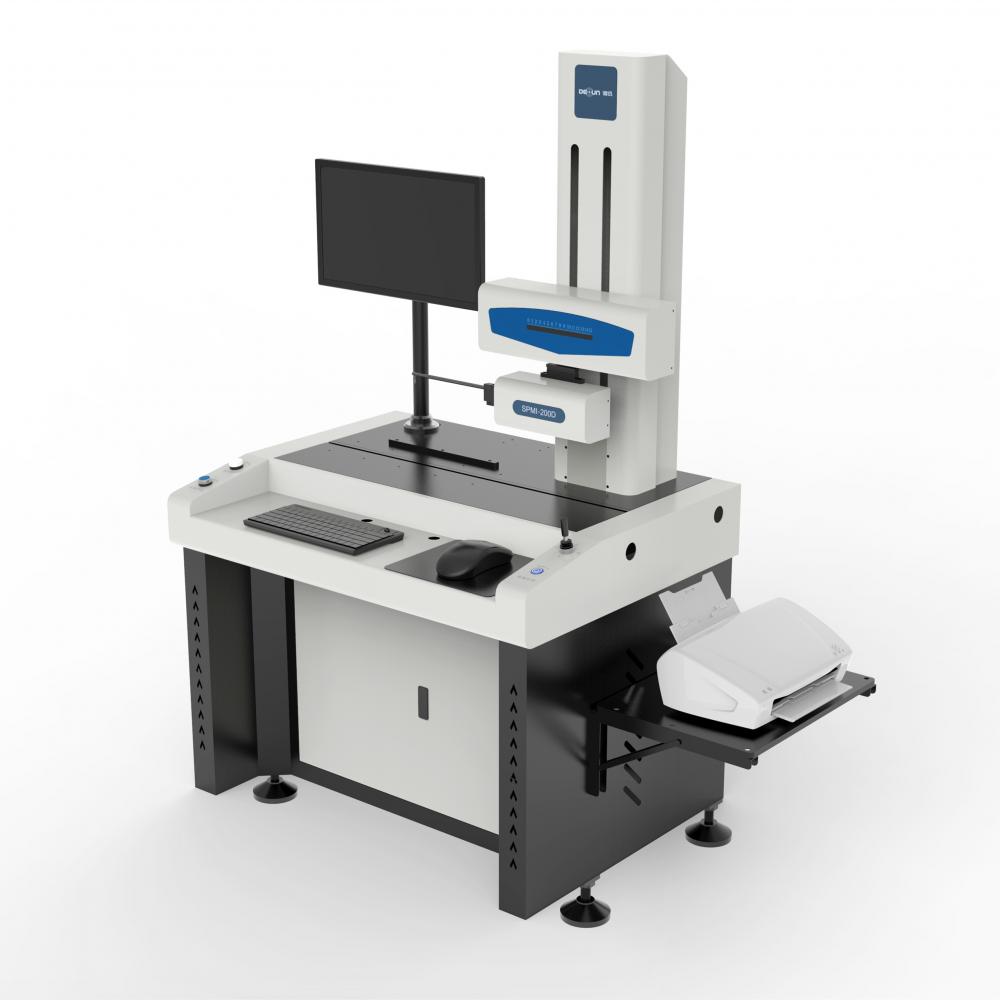Base fertilizer is the most basic link in fertilization, which is very important to the growth and development of vegetable crops. The application of base fertilizer should generally be considered from four aspects: the type and quantity of base fertilizer, the type of fertilizer and the method of application.
In terms of types, organic fertilizers (including farmyard manure, stable manure and cake fertilizer) are most suitable as base fertilizers. Nitrogen, phosphorus, potassium and micro-fertilizers are also suitable as base fertilizers. Older greenhouses with higher soil fertility should pay attention to applying more biological fertilizers. Make base fertilizer.
From the point of view of the amount of fertilizer, to determine the amount of base fertilizer to be applied, the level of soil fertility must first be considered. In the soil with organic matter less than 1.5%, organic fertilizer (take chicken manure as an example) should be more than 3000 kg. When the available nitrogen, phosphorus, potassium and trace elements in the soil are low, these fertilizers should be applied at the bottom. Where conditions permit, the specific amount of various fertilizers used as base fertilizer can be determined according to the results of soil tests. Generally, 30% of the total amount of nitrogen fertilizer is used as base fertilizer on high-fertility soils, and 50%-70% of nitrogen fertilizer is used as base fertilizer for medium and low-fertility soils. , 70% of phosphorus and potash fertilizers are used as base fertilizers, and biological fertilizers and micro-fertilizers should be applied at the same time as much as possible.
From the perspective of fertilizer varieties, ammonium bicarbonate and urea in nitrogen fertilizer, superphosphate, calcium magnesium phosphate, diammonium in phosphate fertilizer, potassium sulfate, plant ash in potash fertilizer, and zinc fertilizer, manganese fertilizer, boron fertilizer in micro-fertilizer, etc. Suitable as base fertilizer.
In terms of fertilization methods, the general base fertilizer should be applied to the entire cultivated layer, that is, 15-30 cm depth. For organic fertilizers, nitrogen fertilizers, potash fertilizers, etc., they can be mixed and spread evenly on the ground, and then plowed into the soil, so that the fertilizer is evenly mixed with the soil in the whole tillage layer to facilitate the absorption and utilization of nutrients by different root layers of vegetable crops. Phosphate fertilizers should be concentrated under the ridges (or borders) due to poor mobility, so that the phosphate fertilizers can be evenly distributed in the dense root layer.
The following uses loofah as an example to briefly explain the specific application of base fertilizer:
Before planting, fertilize the ground and apply 3000 kg of fully decomposed chicken manure, 100 kg of biological fertilizer, 20 kg of urea, 50 kg of superphosphate, 30 kg of potassium sulfate, 2 kg of zinc sulfate, and 1 kg of borax per mu. Mix chicken manure, biological fertilizer, urea, and potassium fertilizer and apply it (full spreading) 1/2, deep turn 30 cm, rake level, then open planting trenches according to the required row spacing, and combine the remaining 1/2 manure with phosphate fertilizer The micro-fertilizer is mixed and applied into the ditch to make the fertile soil evenly mixed, and water is poured in the ditch to create moisture. After the water seeps down, the ridge surface is integrated.
Disclaimer: Some articles on this website are transferred from the Internet. If the legal rights of a third party are involved, please inform this website for processing. phone
Integrated Roughness Profilometer
Roughness Profilometer, also known as surface roughness meter, surface smoothness meter, surface roughness tester, roughness measurement meter, roughness tester, and other names. It has the characteristics of high measurement accuracy, wide measurement range, easy operation, portability, and stable operation. It can be widely used for the detection of various metal and non-metal processing surfaces. This instrument is a pocket instrument that integrates sensors and hosts, with handheld characteristics, making it more suitable for use in production sites. The exterior design is sturdy and durable, with significant resistance to electromagnetic interference, in line with current design trends.

The application fields of roughness meters include:
1. Mechanical processing and manufacturing industry, mainly metal processing and manufacturing. Roughness meters were originally developed to detect the surface roughness of machined parts. Especially, stylus type roughness measuring instruments are more suitable for detecting hard metal surfaces. For example, the automotive parts processing and manufacturing industry, the mechanical parts processing and manufacturing industry, and so on. As long as these processing and manufacturing industries involve the surface quality of workpieces, the detection application of roughness meters is essential.
2. In the non-metallic processing and manufacturing industry, with the progress and development of technology, more and more new materials are applied to processing processes, such as ceramics, plastics, polyethylene, etc. Some bearings are now made of special ceramic materials, and pump valves are made of polyethylene materials. These materials have a hard texture, and some applications can replace metal materials to make workpieces. During production and processing, their surface roughness also needs to be tested.
3. With the continuous strengthening and improvement of the technology and functions of roughness meters, as well as their in-depth promotion and application, more and more industries have been found to require roughness detection. In addition to mechanical processing and manufacturing, roughness evaluation is also required in the production and processing of power, communication, electronics, such as couplings on switches, integrated circuit semiconductors, and even stationery, tableware, and other products used in people's daily lives The surface roughness of human teeth needs to be tested.
Integrated Roughness Profilometer,Integrated Roughness Profiler, Measuring Instrument,High Speed Profilometer
Zhejiang dexun instrument technology co., ltd , https://www.dexunmeasuring.com